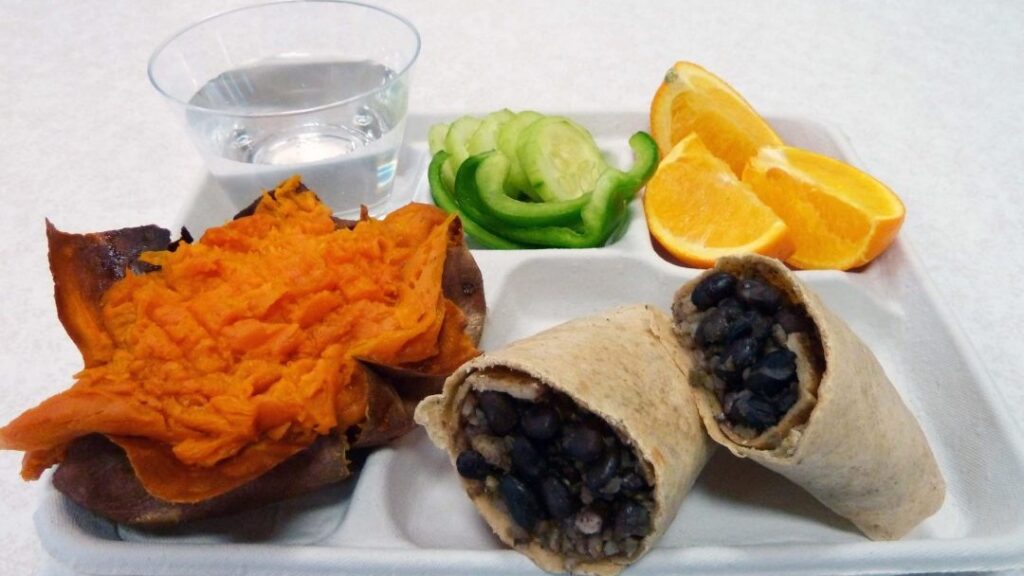More Schools Offering Plant-Based Meals For Students
As more families turn to plant-based diets, schools are being urged to offer vegetarian lunches for students.

Nearly 30 million American children eat school meals. Many of these students eat both breakfast and lunch, meaning they get the majority of their nutrition based on what the schools serve. Health has become a major push in the United States, as more and more Americans (including children) are at risk due to unhealthy eating habits from high-sugar commodities. Because of this, more schools are being urged to offer plant-based vegetarian lunches.
In New York City, an initiative called Plant-Powered Fridays gives each public school vegetarian lunches every Friday. In California, a recent government-funded program is helping public schools all across the state raise enough funds to keep plant-based meals in cafeterias. Even on the federal level, the newly reenacted Healthy Meals, Healthy Kids Act launched a pilot program to support schools that want to offer these types of alternatives.
More families all around the world are making the plant-based switch or at least attempting to cut back on meat products for various reasons, which has led to the urgency for more vegetarian lunches in schools. In adolescence, plant-based diets can reduce the risk of heart disease, cancer, obesity, and diabetes. What’s more, when students stick with healthier, nutrient-rich meals, they are more apt to perform and succeed in school.
Health isn’t the only thing leading families and politicians to push for more vegetarian lunches in school. Environmental factors are also a major reason why people are pushing for more plant-based meals. Diets rich in plants and fewer meat products are better for the environment, as plants take fewer resources to produce. The meat industry impacts water, soil, animal extinction, and consumes plenty of natural resources, all culminating in a consequence on global warming.
Because of this information being shared and widely available for consideration, more and more families are making the change. Some are going strictly vegan, meaning no food intake that is derived from animals. Others are simply attempting to reduce their impact on the planet and be more mindful of their health with plant-based diets and vegetarian lunches. Statistics depict just how popular the new eating trend has become, as people make the shift. One UK study found that 20% of children already are vegan, or was interested in becoming so. Another report says that nearly 10 million Americans now follow some sort of plant-based diet, which drastically increased from only about 300,000 people identifying this way 15 years ago.

While families are hopeful given the plethora of federal, state, and local initiatives that are placing more vegetarian lunches in schools, there still remains no laws or USDA regulations requiring these schools to make that option available to students. On top of the hurdles schools face with making this change to meal programs, schools all across the nation are hit with supply chain issues, and rising costs to procure food for meals, which may be keeping many schools from adopting. But with a little effort, many schools will likely find that making the switch might actually be cheaper down the line, as plant-based diets don’t just have health and environmental benefits, but also can save money by cutting down on the cost of meat.



